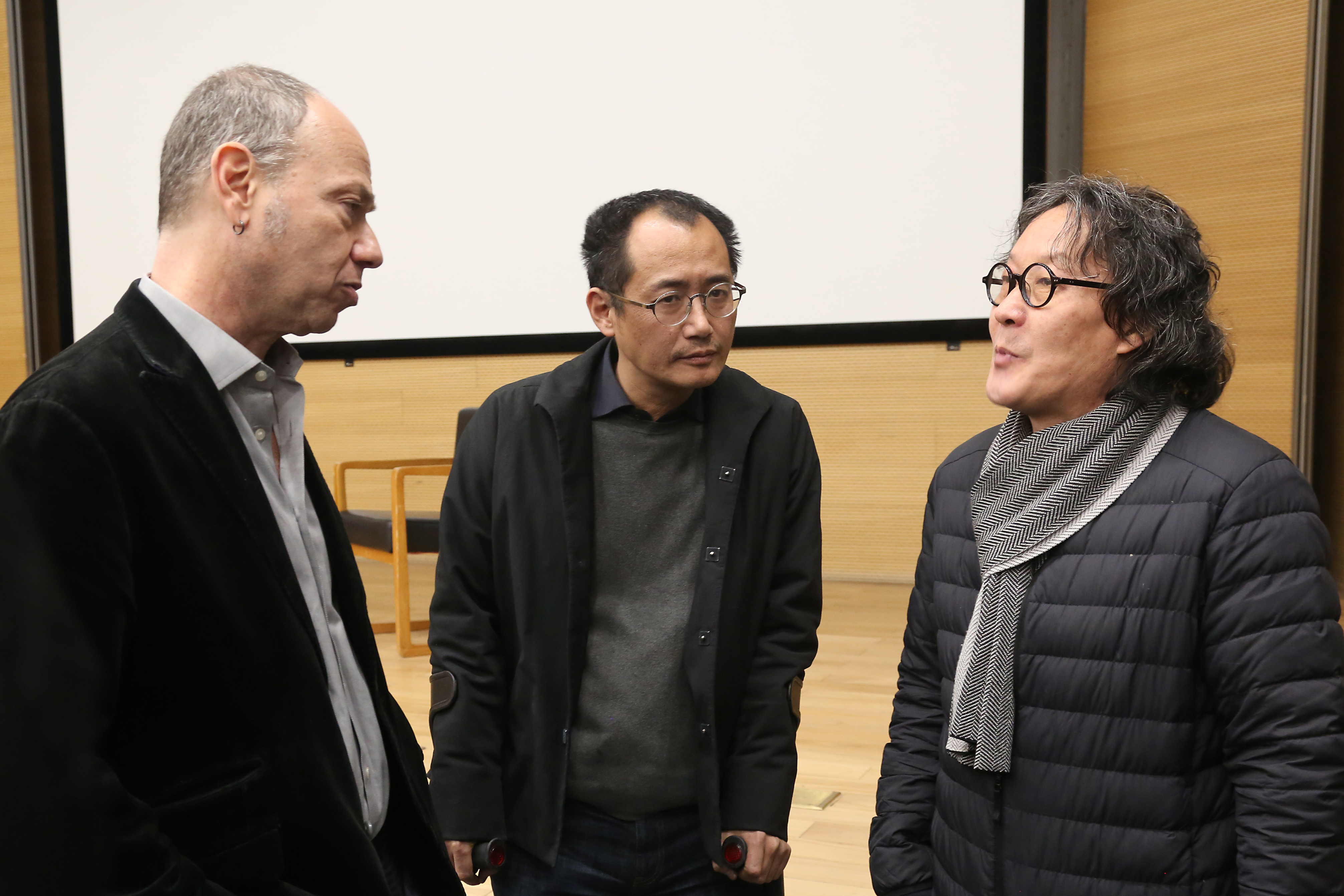The Silent Circle
Three orbital dates: 2024, 2025, and 2026
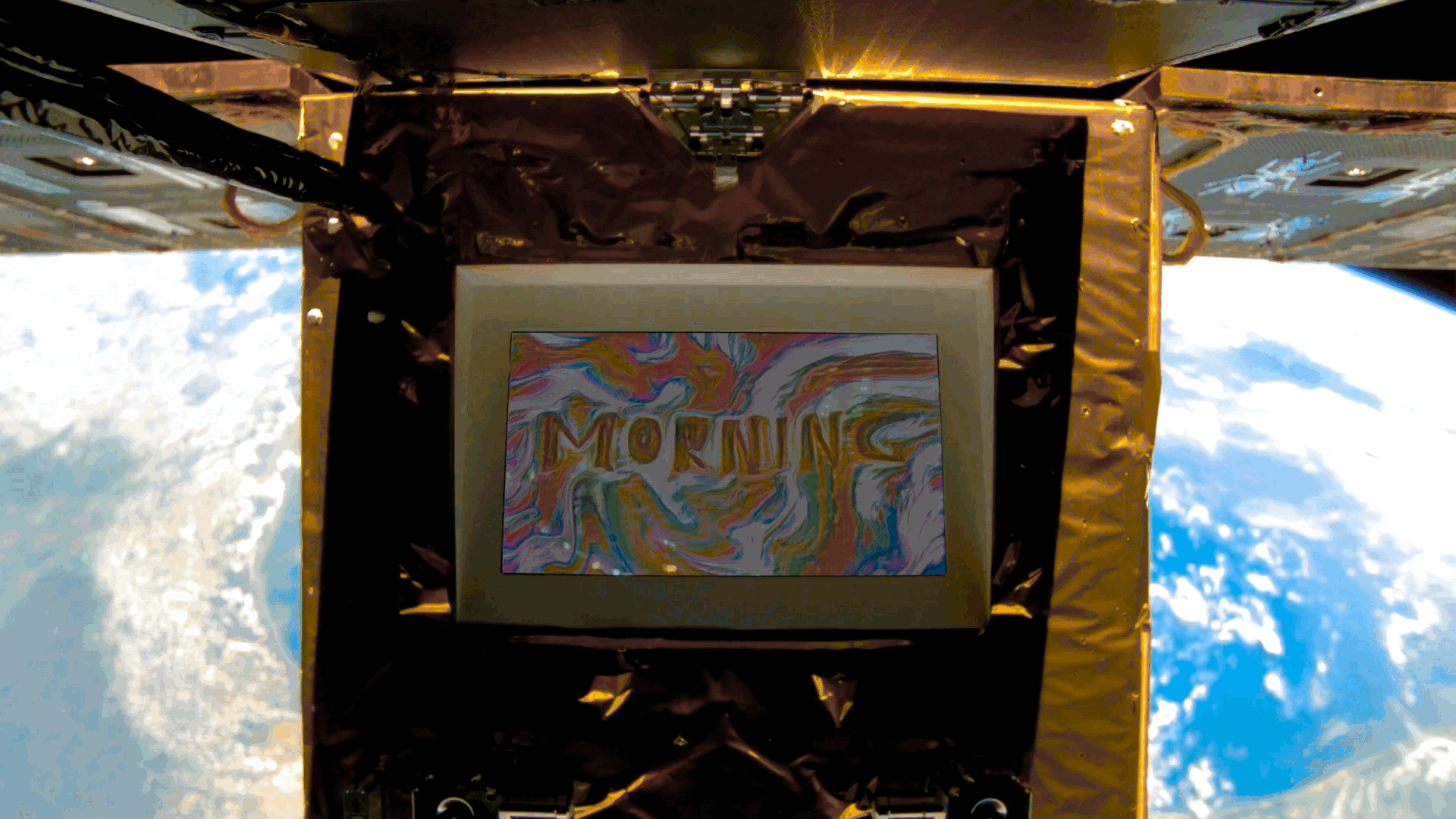
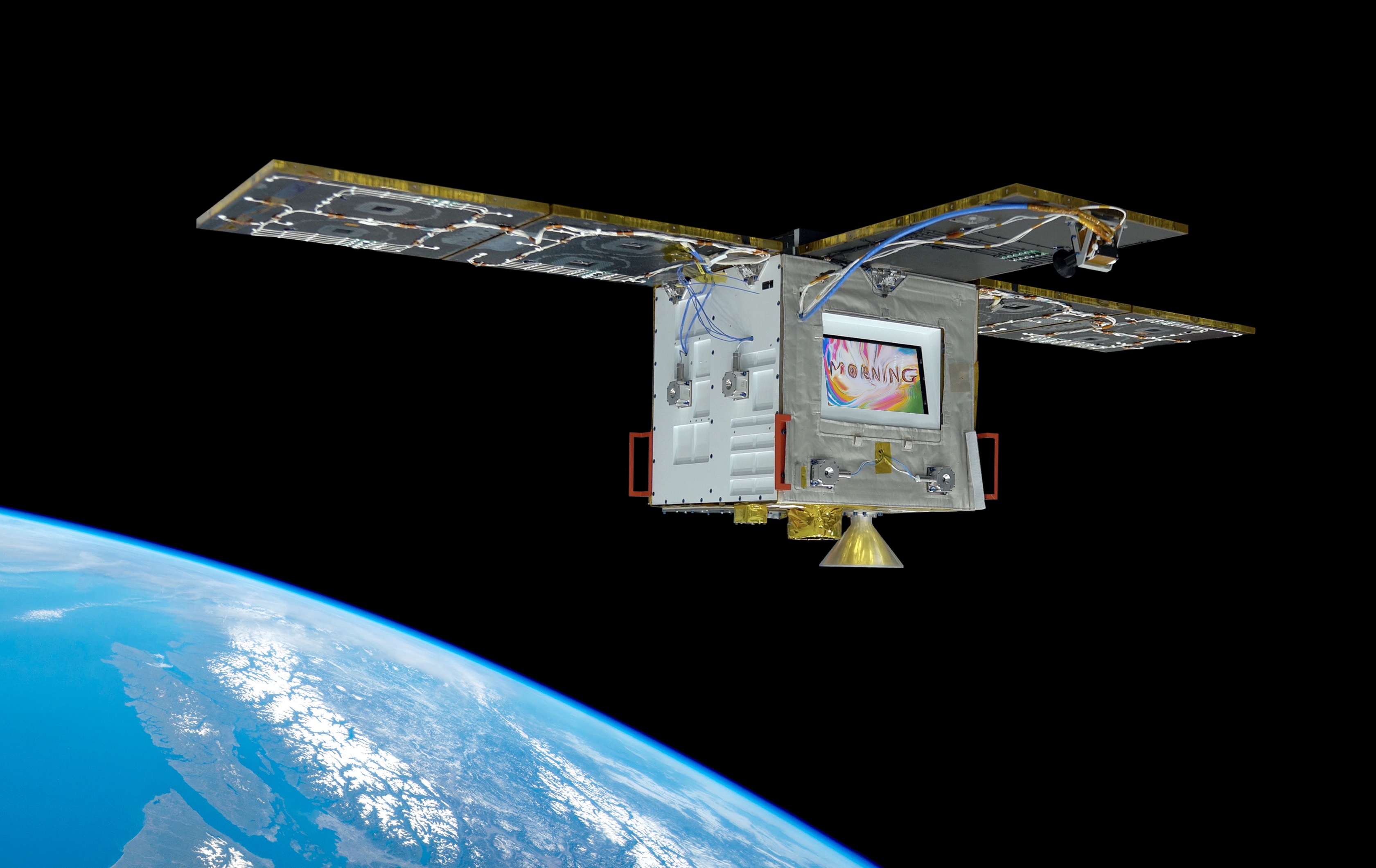 Credit: Visualization by Kac Studio based on a photograph provided by Xu Bing Studio.
Credit: Visualization by Kac Studio based on a photograph provided by Xu Bing Studio.

The Silent Circle
Eduardo Kac
The Silent Circle is a work of space art that reflects on the human experience based on the three fundamental phases in a person’s life: 1) Youth; 2) Maturity; 3) Elderhood. On a satellite equipped with screen and camera, orbiting the Earth at an altitude of 570 km above sea level, and designed to last three years, The Silent Circle poetically expresses the journey of human existence by matching the life cycle of the satellite with videos featuring these words: 1) MORNING; 2) MIDDAY; 3) MIDNIGHT. Each word has its own 2m 50s video beamed directly to the satellite and then back to Earth. The three original labile videos show forms, colors, textures and letters morphing seamlessly into one another. Each word is seen in orbit at a corresponding moment in the satellite's time frame: 2024; 2025; 2026.
I created The Silent Circle for Xu Bing's Space Art Residency Program, which launched the satellite SCA-1 (aka Xingshidai 19; NORAD ID 58924) on February 3, 2024. The satellite circles the Earth once every 90 minutes. On one of its sides, the satellite has a conventional screen directly exposed to the harsh conditions of outer space. As seen above (top), a camera is located at the end of the solar panel facing the screen, so that the camera can capture the content featured on the screen with the Earth in the background. This orbit is higher than that of the International Space Station which, for reference, circles the Earth at approximately 400 km above its surface.
The Silent Circle thoroughly explores the visual expressive possibilities of the satellite outlined above, but the main feature of the artwork is temporal. The Silent Circle is based on the SCA-1 satellite's three-year life span, after which it will burn and disintegrate when it reenters the Earth's atmosphere.
The work consists of the SCA-1 satellite hosting three AI videos that I conceived and produced specifically for this satellite; they only have the intended meaning when seen through its camera in space. While in orbit, The Silent Circle embodies and is embodied by the satellite. The plenitude of its expressiveness takes place as duration, i.e., throughout the lifecycle of the satellite. The first part of the work (MORNING) has orbited the Earth in 2024. The second orbit (MIDDAY) will be implemented in 2025; the third and last orbit (MIDNIGHT) will take place in 2026.
I produced one video for each word: 1) MORNING; 2) MIDDAY; 3) MIDNIGHT. In each video, colorful renditions of these words morph into each other, as illustrated below.
2024
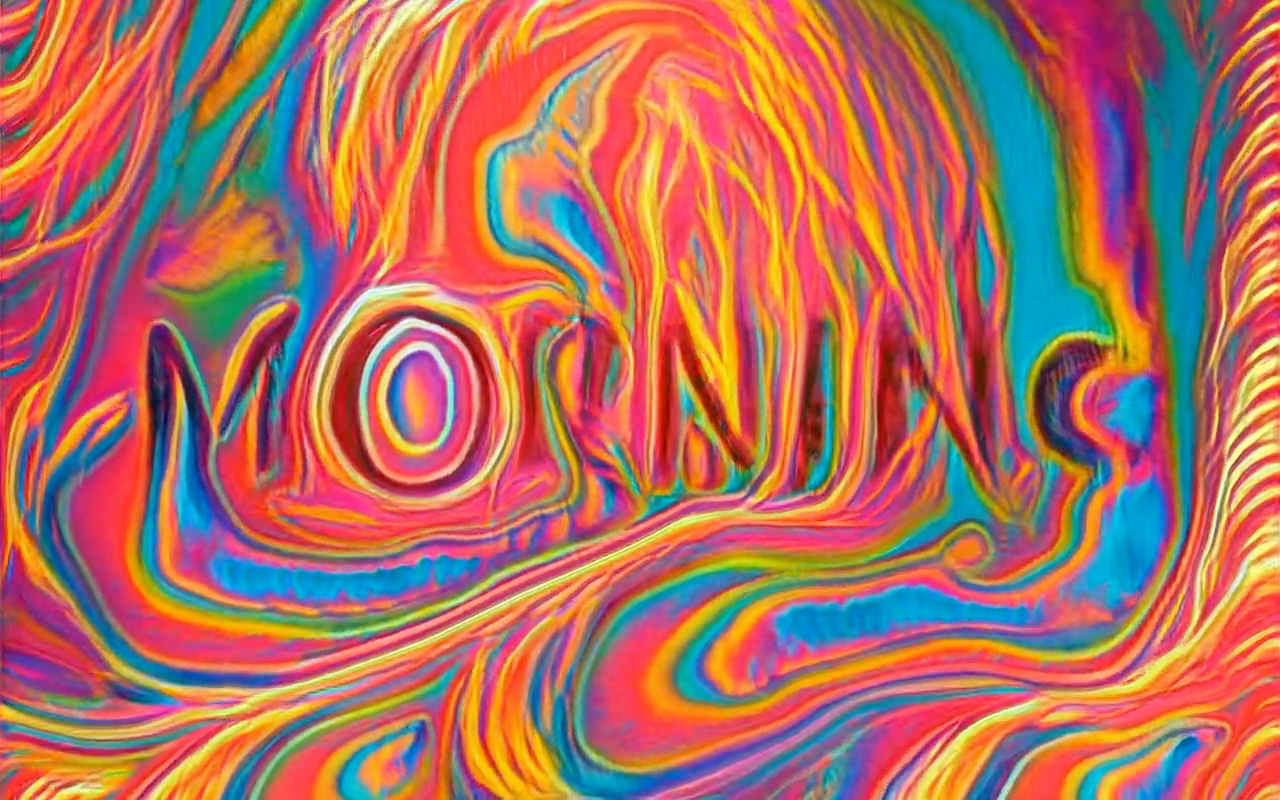
2025
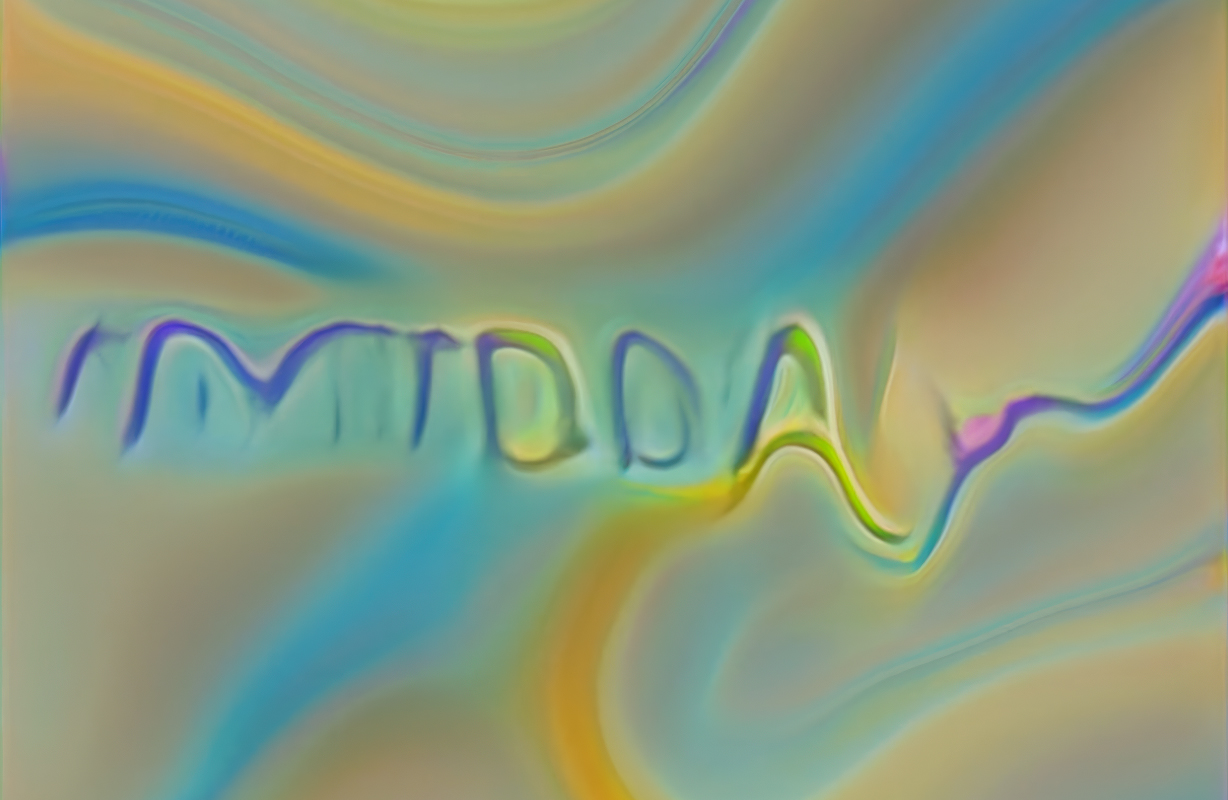
2026
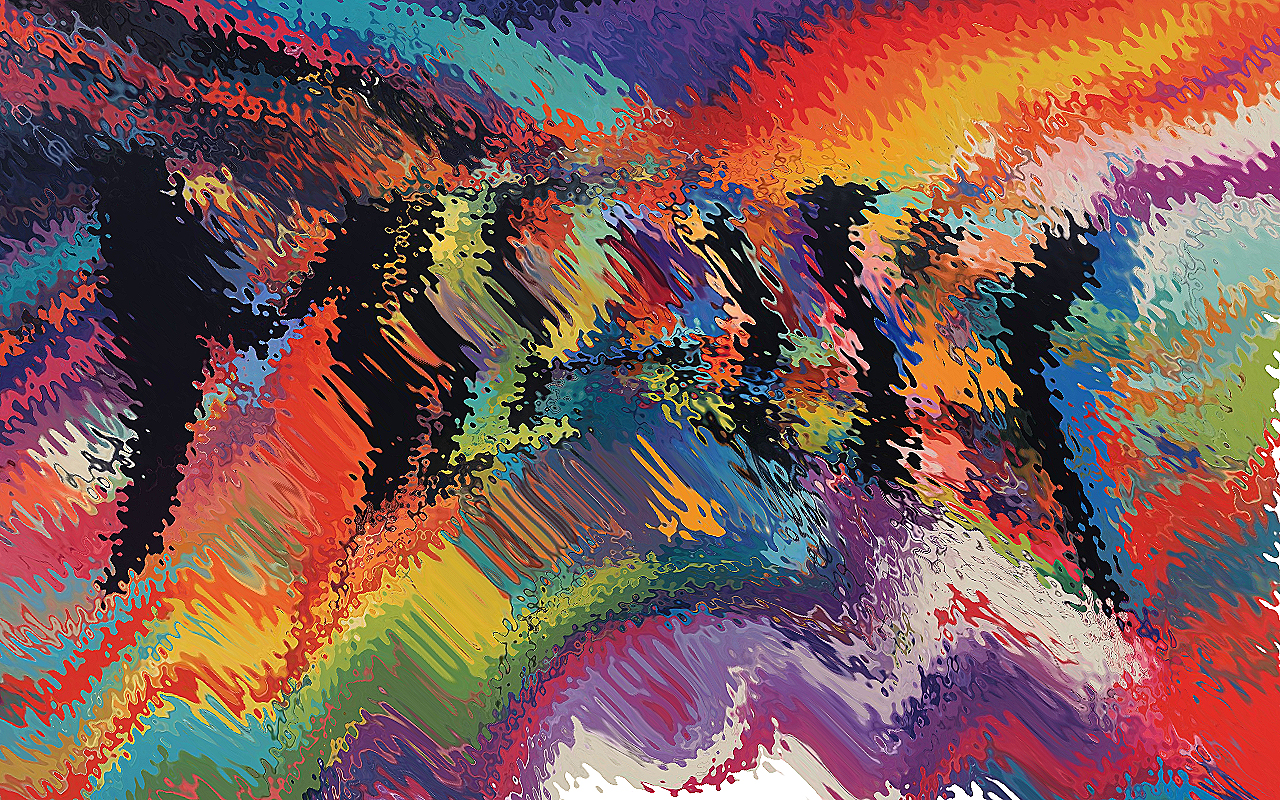
SCA-1 (aka Xingshidai 19; NORAD ID 58924) is the first satellite of the Star Chain of Arts Project, led by artist Xu Bing. He also initiated the Xu Bing Space Art Residency Program, through which he invites artists and people from various fields to create artworks using this satellite. He describes the satellite as “the world's first communal art satellite.”
